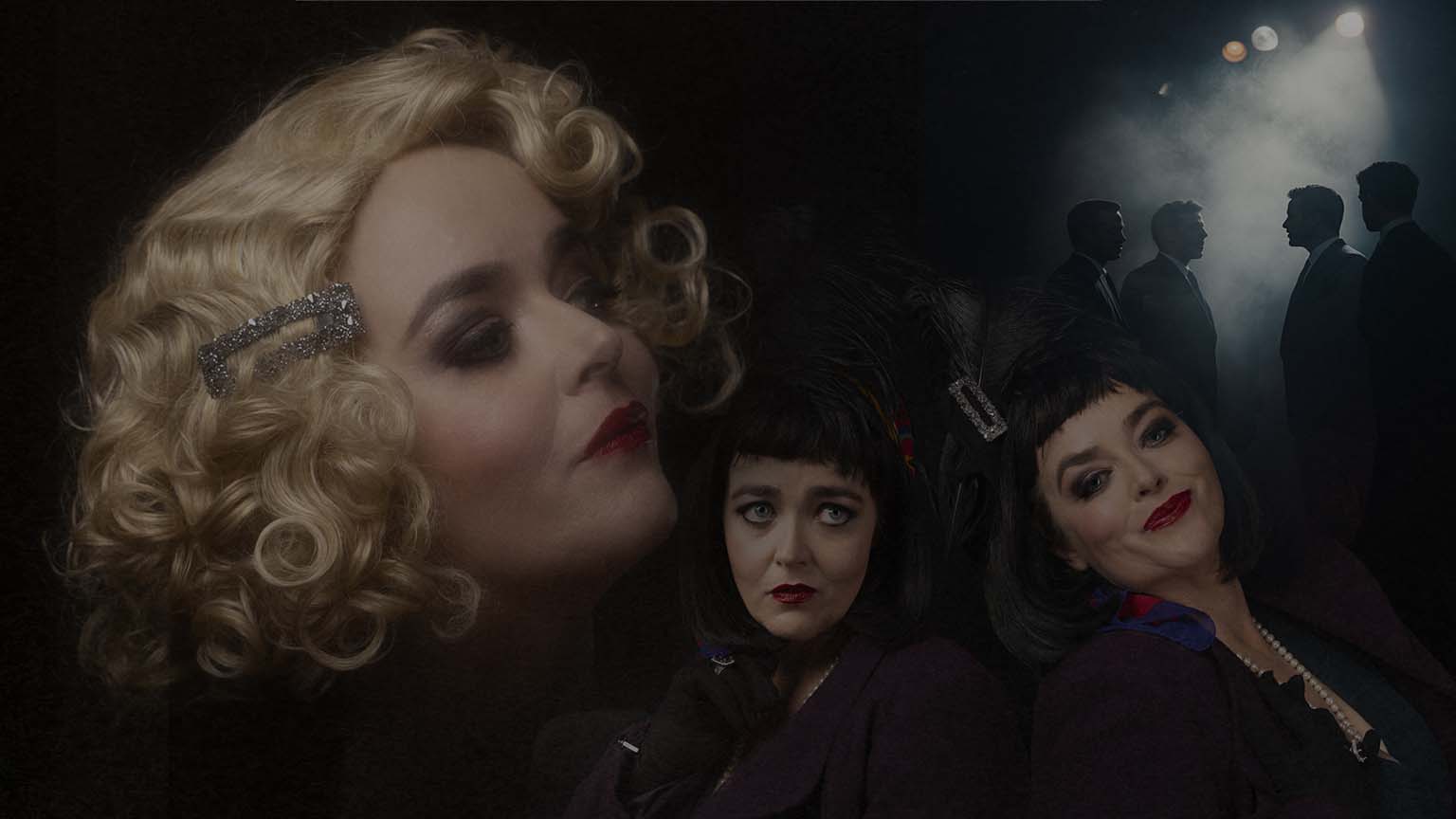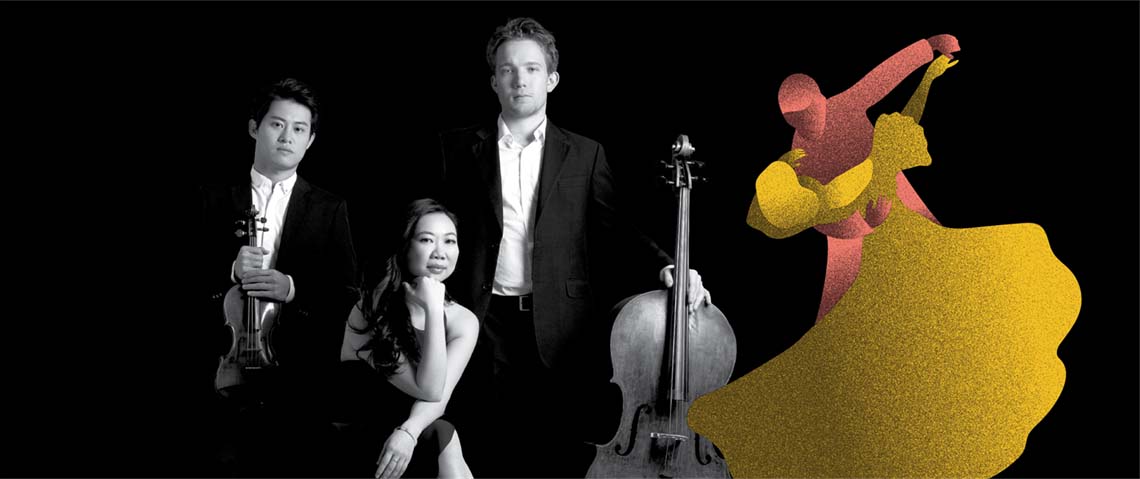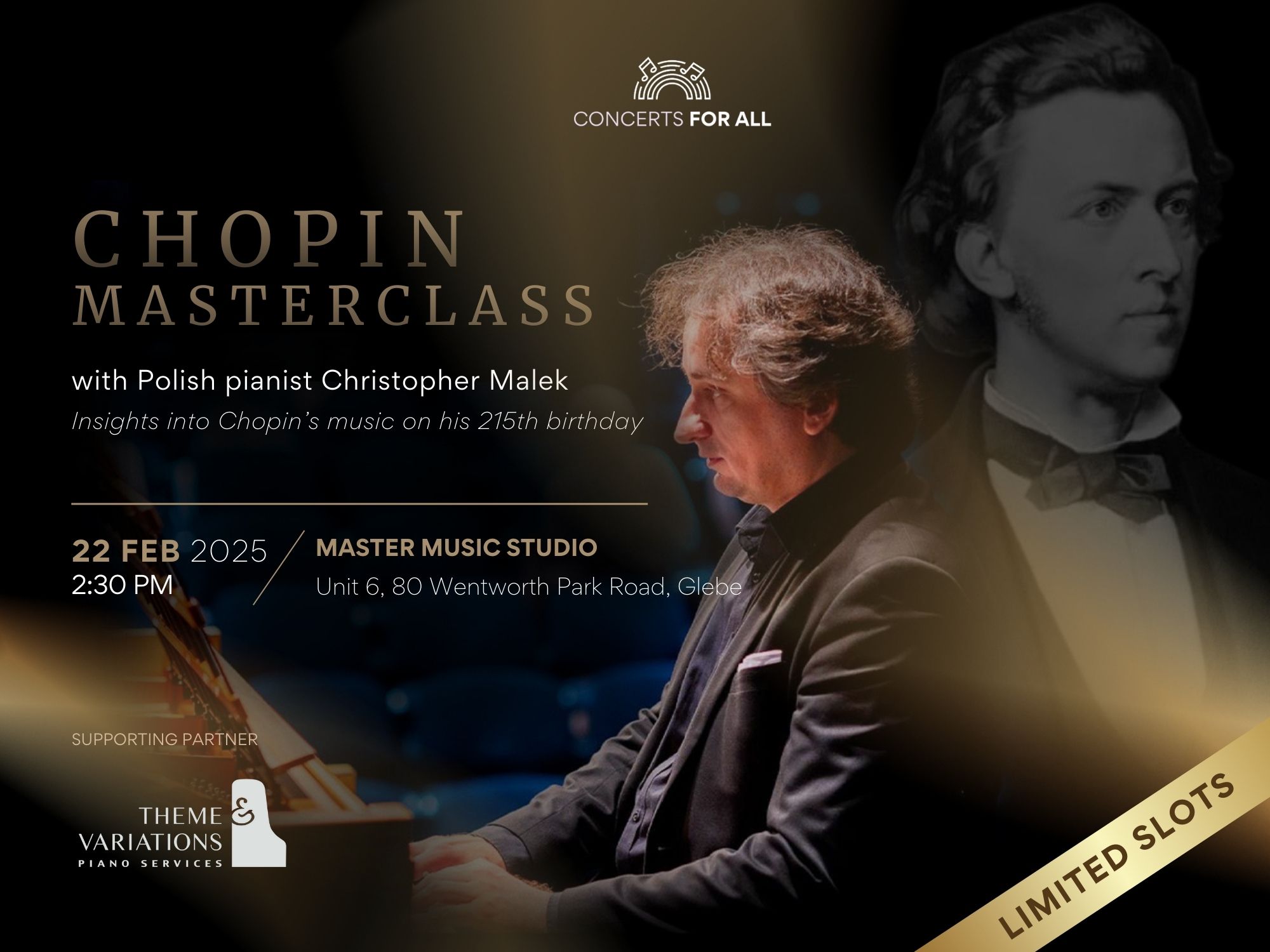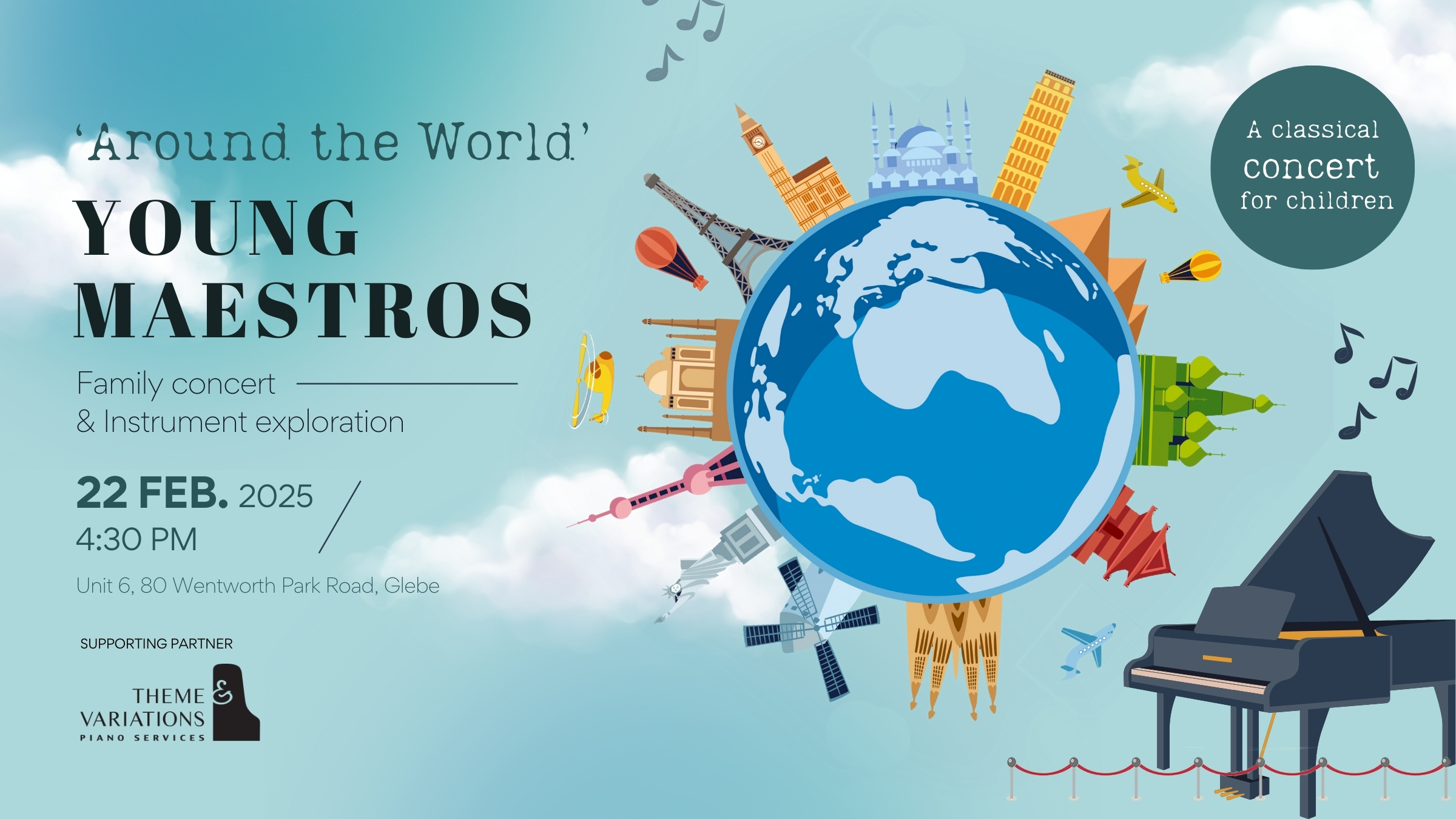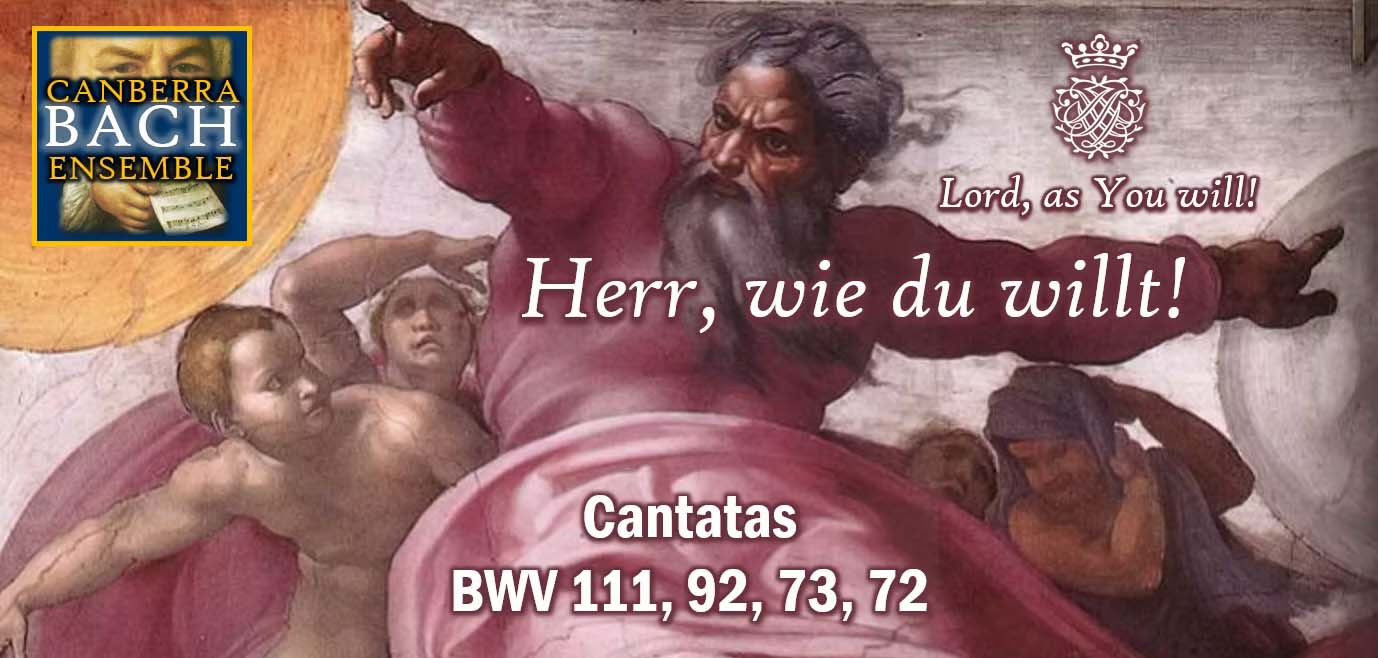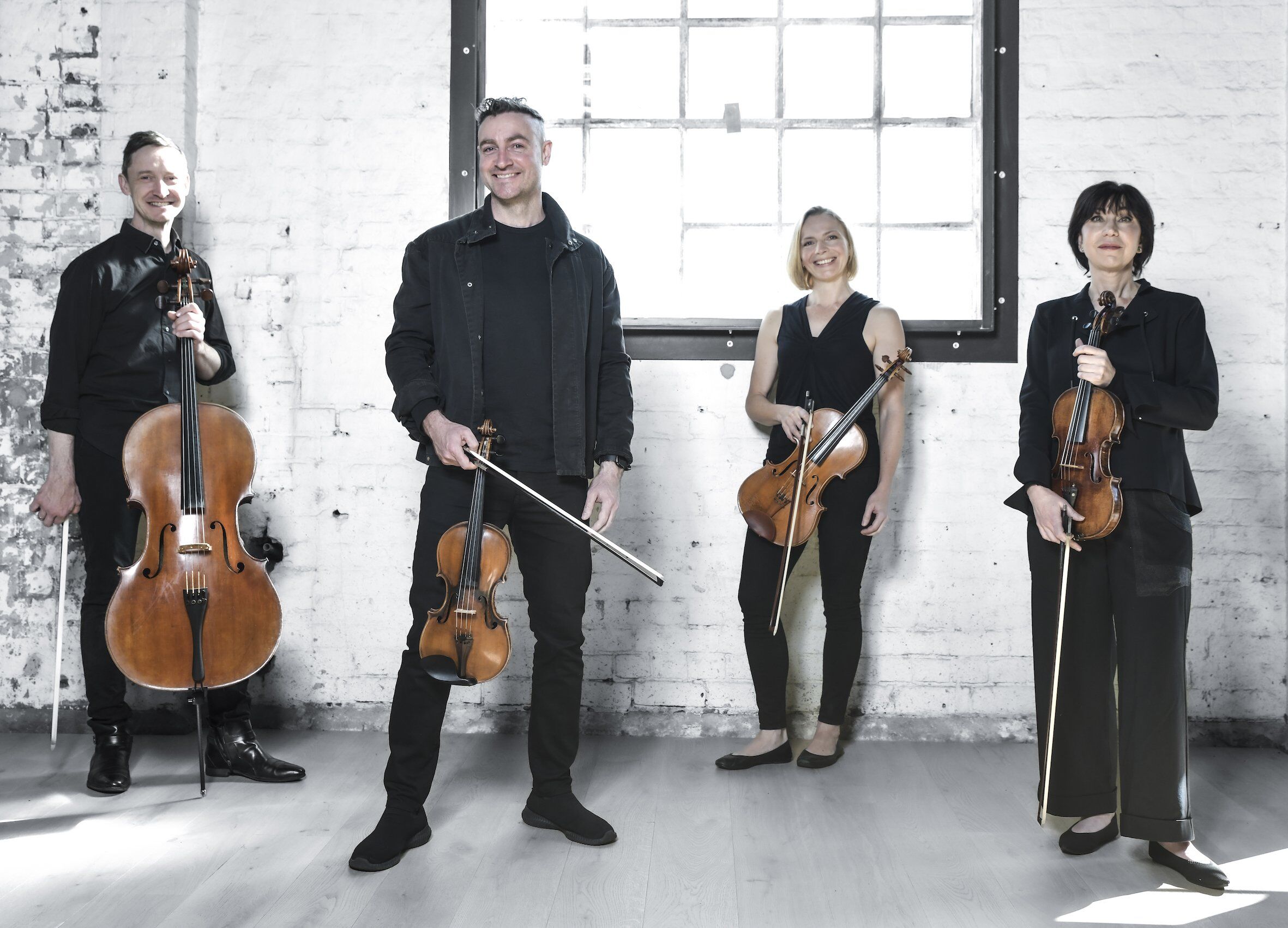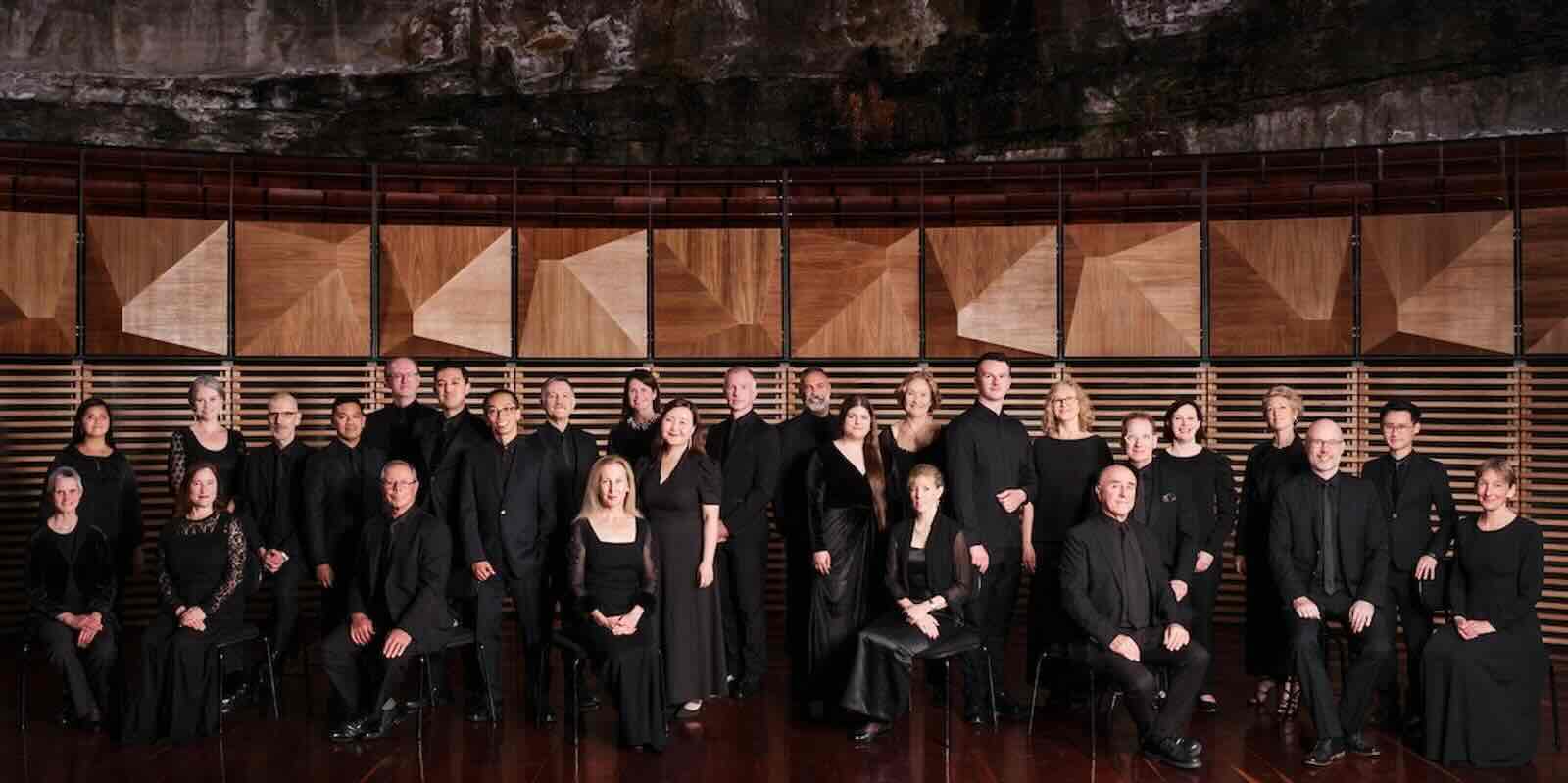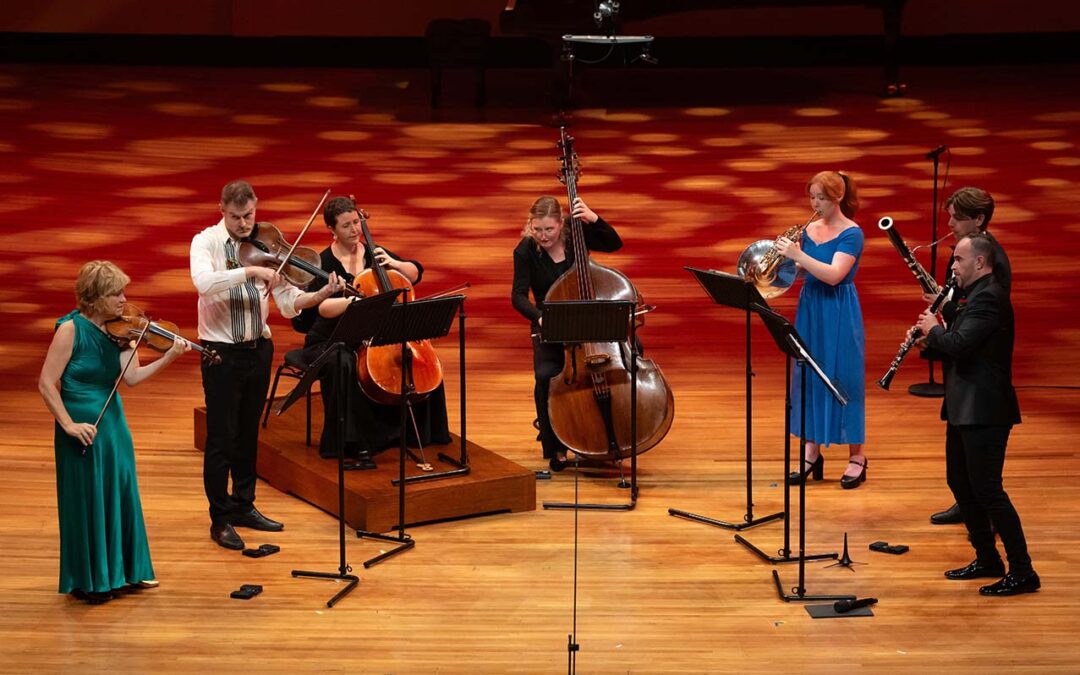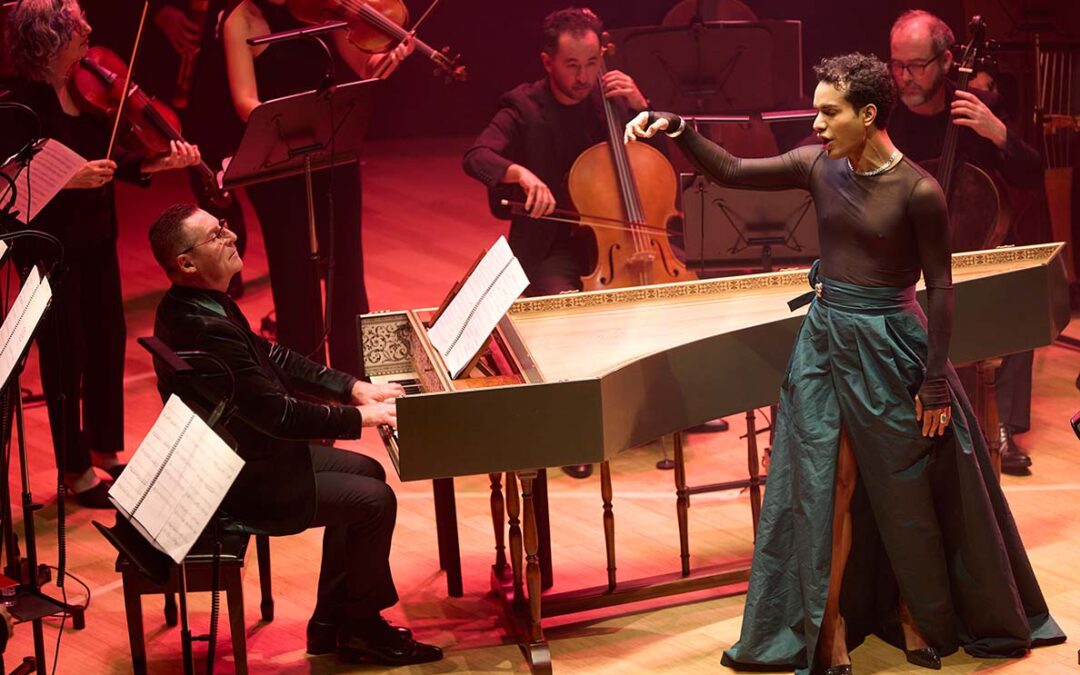Australian Romantic & Classical Orchestra | Midsummer Dreams
4 August , 2023, Music Auditorium, School of Music
Monash University Clayton Campus
PROGRAM
Felix Mendelssohn – Overture to A Midsummer Night’s Dream, Op.21
Ludwig van Beethoven – Symphony No.8 in F major, Op.93
Felix Mendelssohn – Symphony No.3 in A minor, Op.56 Scottish
It seems a little coincidental that I would hear this concert’s overture again after hearing it played two weeks ago by the Melbourne Symphony Orchestra. Even stranger that one of the musicians would be playing in both performances the first on a modern instrument and in this concert on an instrument set up to reflect the instruments of the early 19th century. According to the program notes the musicians mostly had instruments dating from the late 18th century or early 19th century. The remainder had modern copies of instruments of the period. We even had an ophicleide (look up Wikipedia!) for the Mendelssohn Overture works.
The program also had notes by Geoffrey Burgess on tempo and conducting in the early 19th century as well as notes to the music program by Yvonne Frindle. Both were very well written and informative which in a sense is a must for an orchestra claiming to present HIP (Historical Informed Performance). The artistic direction of the orchestra is shared by Rachael Beesley and Nicole van Bruggen and their dedication to detail and the authentic performance of these works is to be highly commended. It extended to collaborating with the principal violinist Emma Williams who is undergoing studies at Leiden University in “the expressive possibilities of embodying the postures and physical parameters of early 19th century actors and violinists in current performance”. When she explained this after the overture it made more sense than the esoteric program note quoted and if I can paraphrase, it meant that the orchestra was finding performance idioms of the time including from the dramatic arts to express the music. Some of this manifested itself in using flexible tempi even to the point of different sections of the music not quite lining up with each other, but having their independence, as well as using portamento and other stylistic traits and fashions of the time.
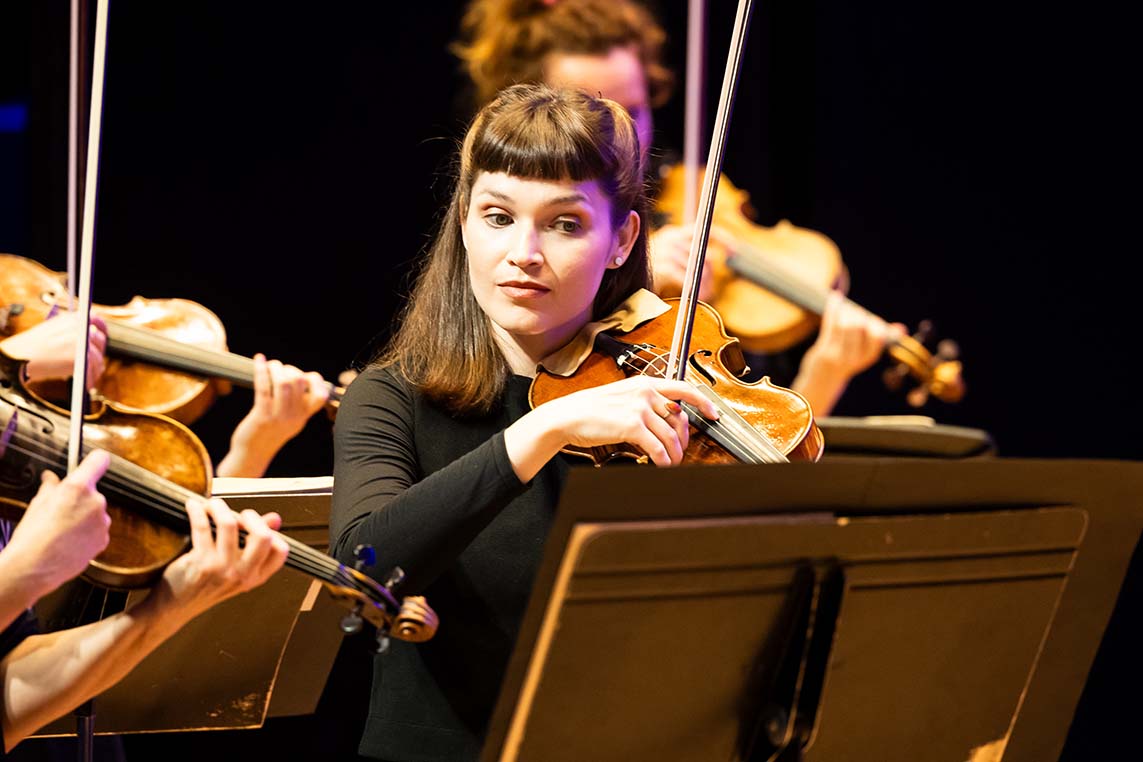
The program is to our ears popular, being favourite works for anyone with a yen for nineteenth century music. Beginning with the four delicate woodwind chords in the overture, we were treated to a sense of expectation for the whole concert with excellent intonation and balance. The difficult rapid and delicate string passages following were held together with amazing clarity, particularly amazing when the orchestra was technically playing without a conductor. Beesley’s monumental leading from the violin sometimes leading by playing and sometimes conducting with her bow (I always worry about the bow hitting the music stand!) left the orchestra in no doubt how to follow the musical direction. In terms of leadership the orchestra was dynamic in its approach equating somewhat with chamber musicians, with different personnel leading the orchestra depending on what was being played and by which section. For example the principal flute gave excellent leadership to the woodwinds at the appropriate times. The oboist in the Mendelssohn symphony gave excellent leading with her extended solo line in the last movement.
I remember studying the Beethoven eighth symphony in my final year at High School and it was like hearing an old friend which in many ways I imagine this whole concert was for much of the audience. The charm and humour of the music is deceptive as the many radical aspects of this symphony failed to impress audiences of the time. Beethoven himself thought more of this symphony than the mighty seventh. The orchestra succeeded in bringing out the radical humour of this symphony with its many surprises such as the end of the first movement with a final mildly abrupt statement of the opening theme or the intrusive and surprising blasted out C# in the final movement (C# does not belong to the key of F major!!) or the unsubtle shift of key by the octaves theme simply going up a semitone. This was a very convincing performance of a work that in my opinion is much underrated.
In hastily picking through some special moments of the Mendelssohn Symphony for me, I do have to say the whole Scottish Symphony was, simply put, a treat because of two main things; that of being played on period instruments and played so very well. The passion of the concert before interval was just as evident.
The slow movement of the symphony was poised beautifully and in particular I noted about half way through, the four cellos playing as one and occasionally with the horns, a blend that Dvorak used to great effect in the opening of his eighth symphony. The blend here was perfect. This was indeed a special moment amongst many.
In the last movement the four natural horns came into their own towards the end almost as if welcoming the Scottish hero back home! The sound of natural horns is so clear when well played and these were certainly played with all clarity, verve, power, perfect intonation and sectional integrity. A word must also be said for the timpanist who added much musical commentary to the works with his precision and dynamic balance.
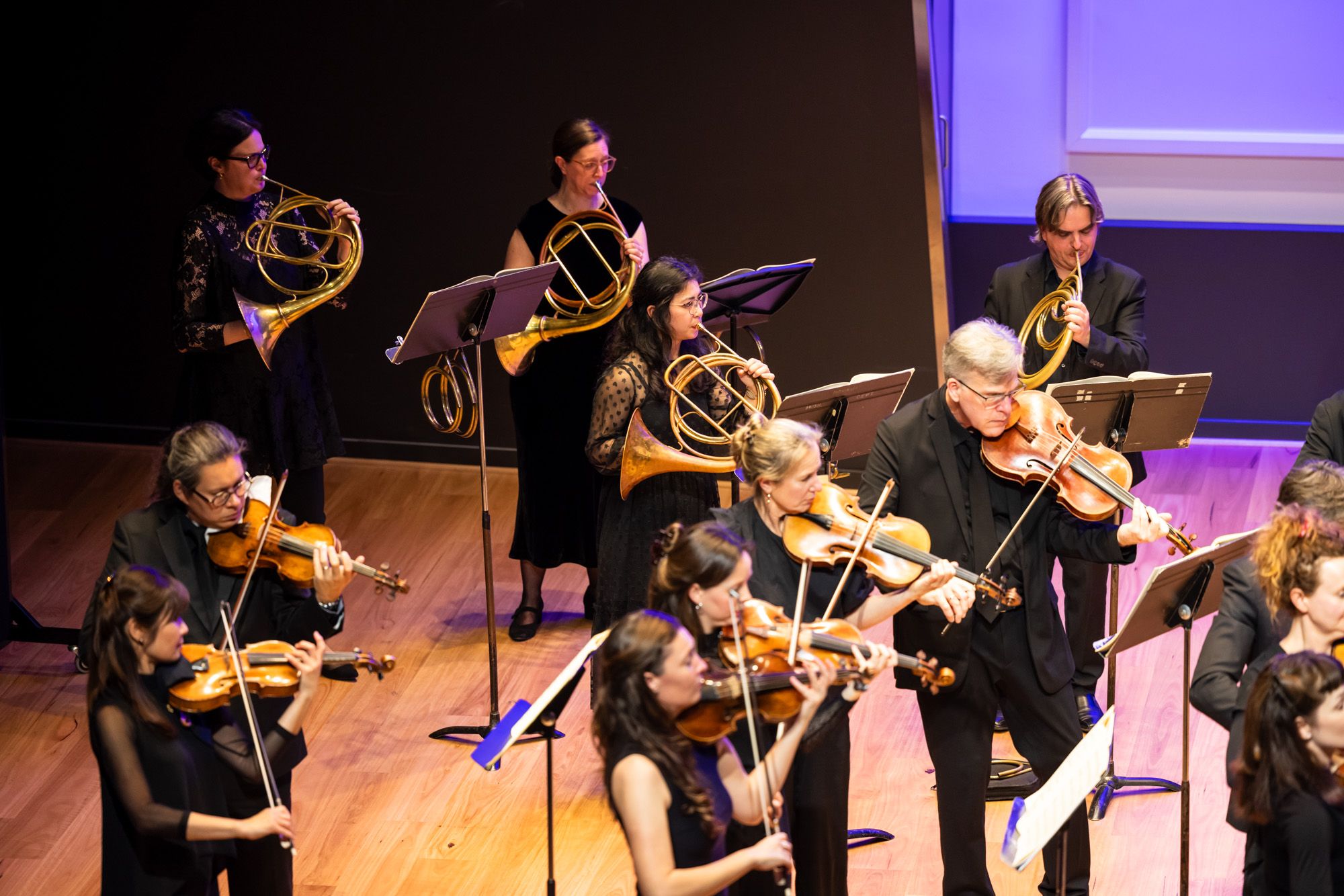
The orchestra’s personnel reads like a who’s who of musicians well versed in historical performance as well as more modern idioms. After the concert I chatted backstage with one of the musicians who had come from overseas and now resides in Australia, who said it was wonderful to have such a first class period orchestra to play in, especially with the repertoire chosen.
In a sense this orchestra is a rival to the Australian Chamber Orchestra which at times also plays on period instruments and is also conducted by the lead violinist. I sincerely hope that this orchestra grows its following to complement the ACO in its profile in a flourishing musical climate where historically informed performances are part of our concert diaries, it would be such a benefit and a treat for us all. The orchestra is also in some ways similar to the Australian World Orchestra, drawing together for its seasonal performances a range of top Australian musicians from leading orchestras in Australia and around the world.
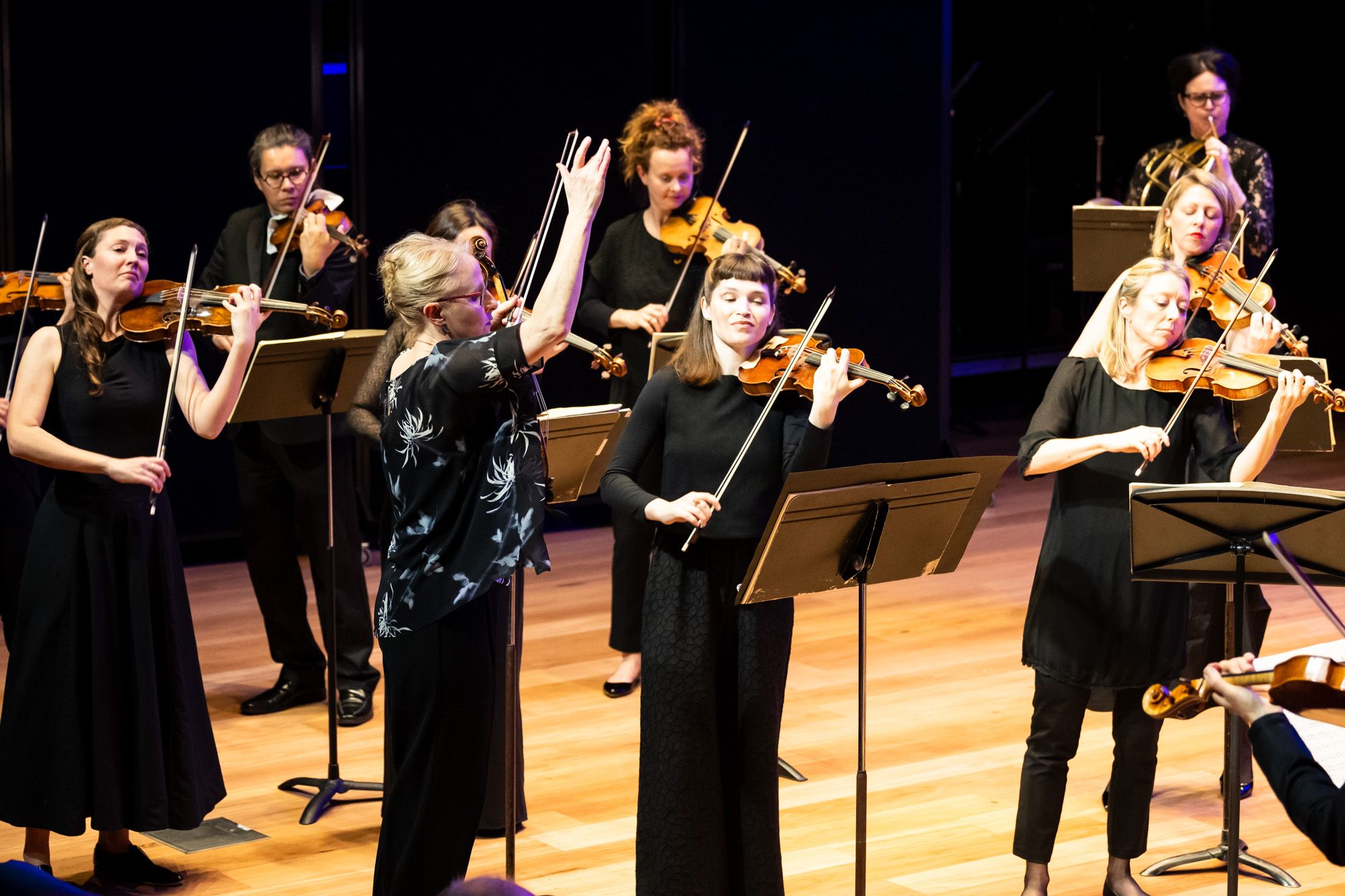
The venue was not really suited to the orchestra although the loud sections certainly sounded loud in the small space. The very studio-like acoustics did not provide a sense of the space and reverberation that this orchestra gave in spades. The almost sold out audience nevertheless appreciated the concert as I did and I wish the audience was two to three times as big and that we had a venue to reflect the wonderful dynamic range the orchestra lent to the music.
A final note: I do have to say how disconcerting and distracting it is when people hold up their screens (phones) to take photos or recordings which they are not supposed to do. I am an advocate for respecting musicians and their intellectual property as well as decent concert behaviour. Why not buy the CD or subscribe to LIVE performance? This group will reward you again and again with high quality performances directed with care and honesty being as faithful as possible to the intent of the music as composed in the 18th and 19th centuries.

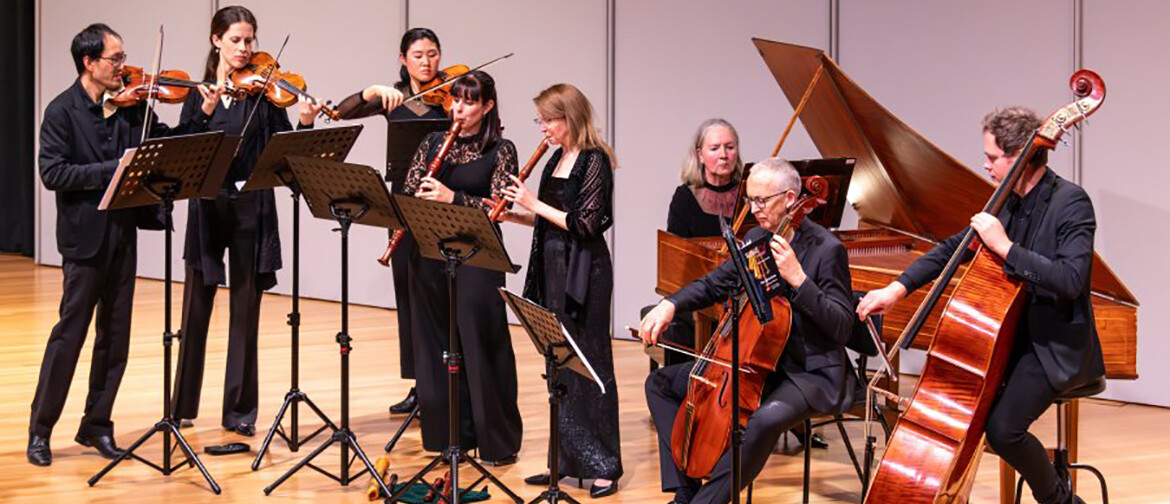


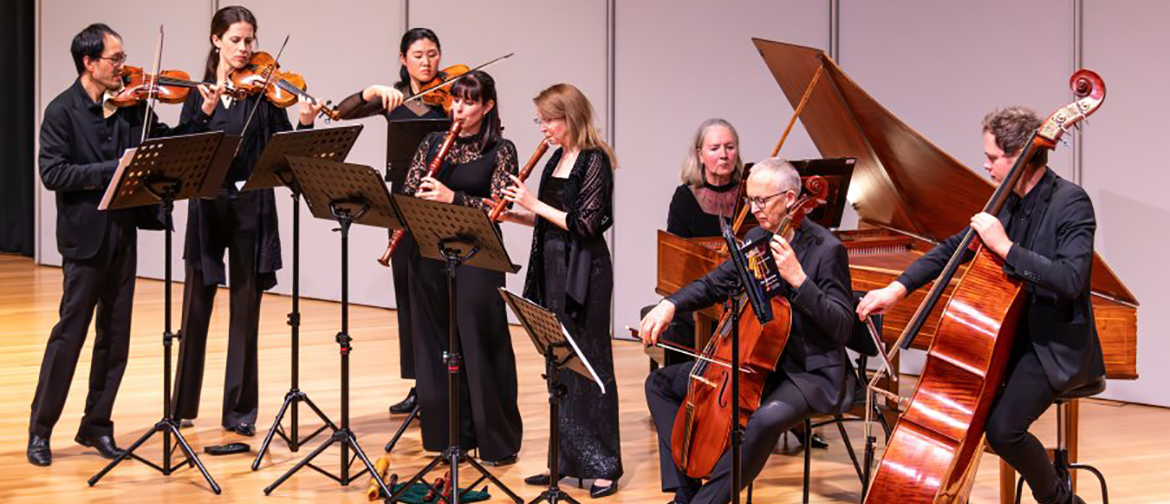

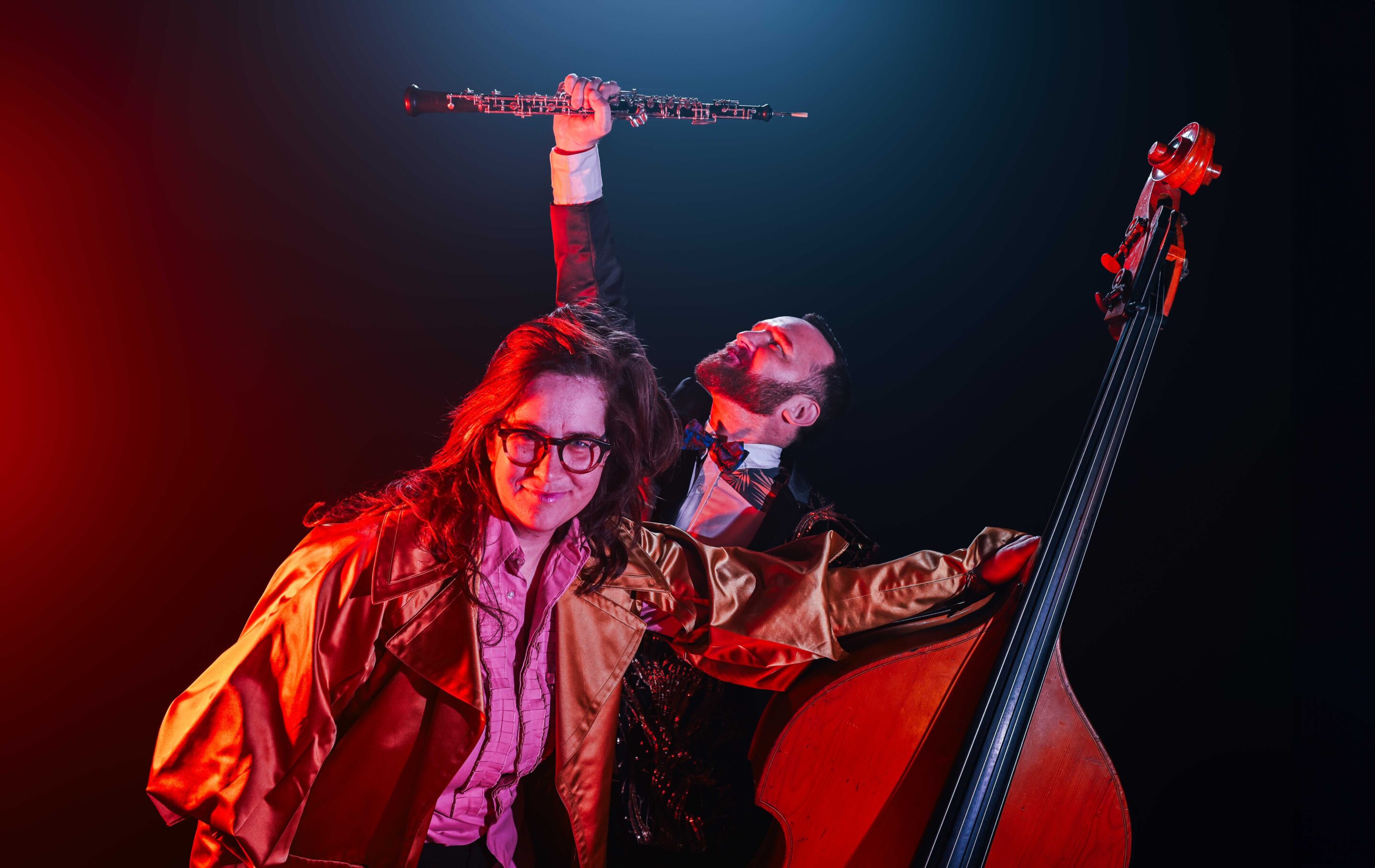




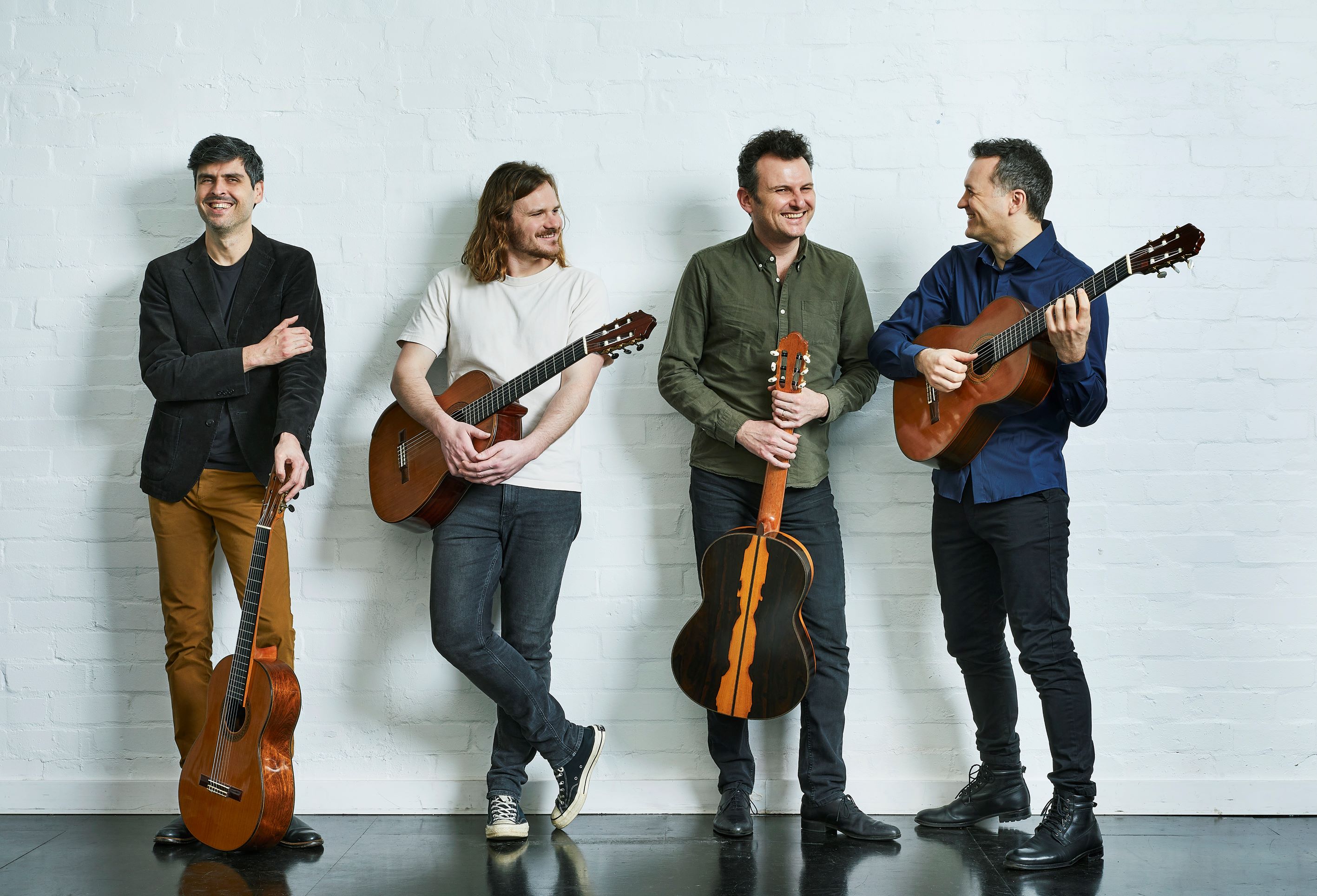
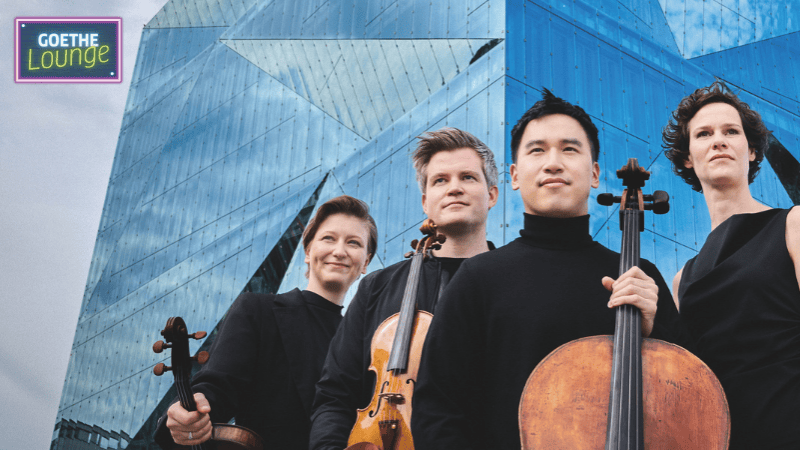
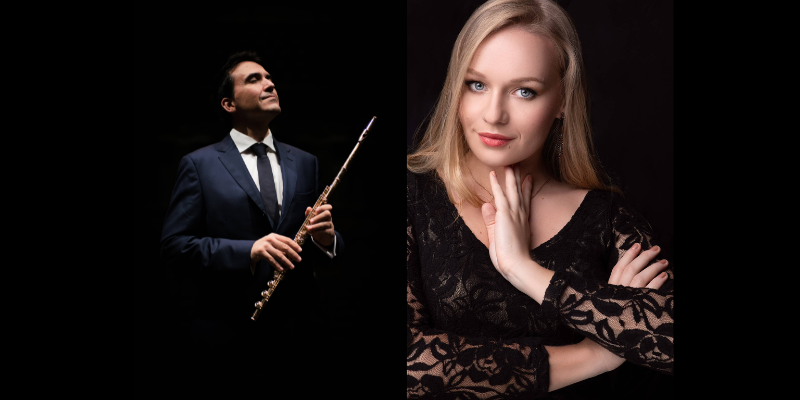
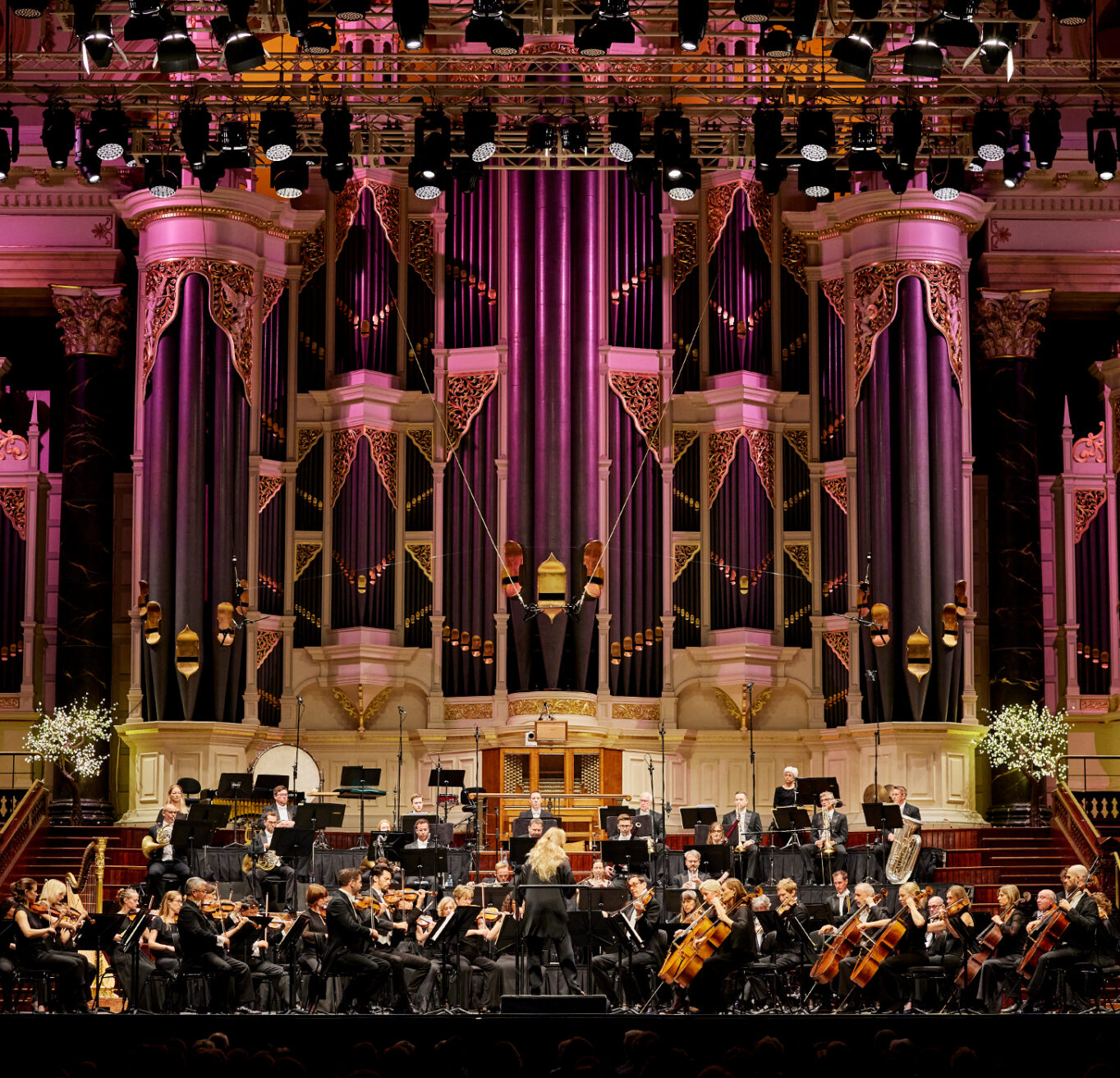

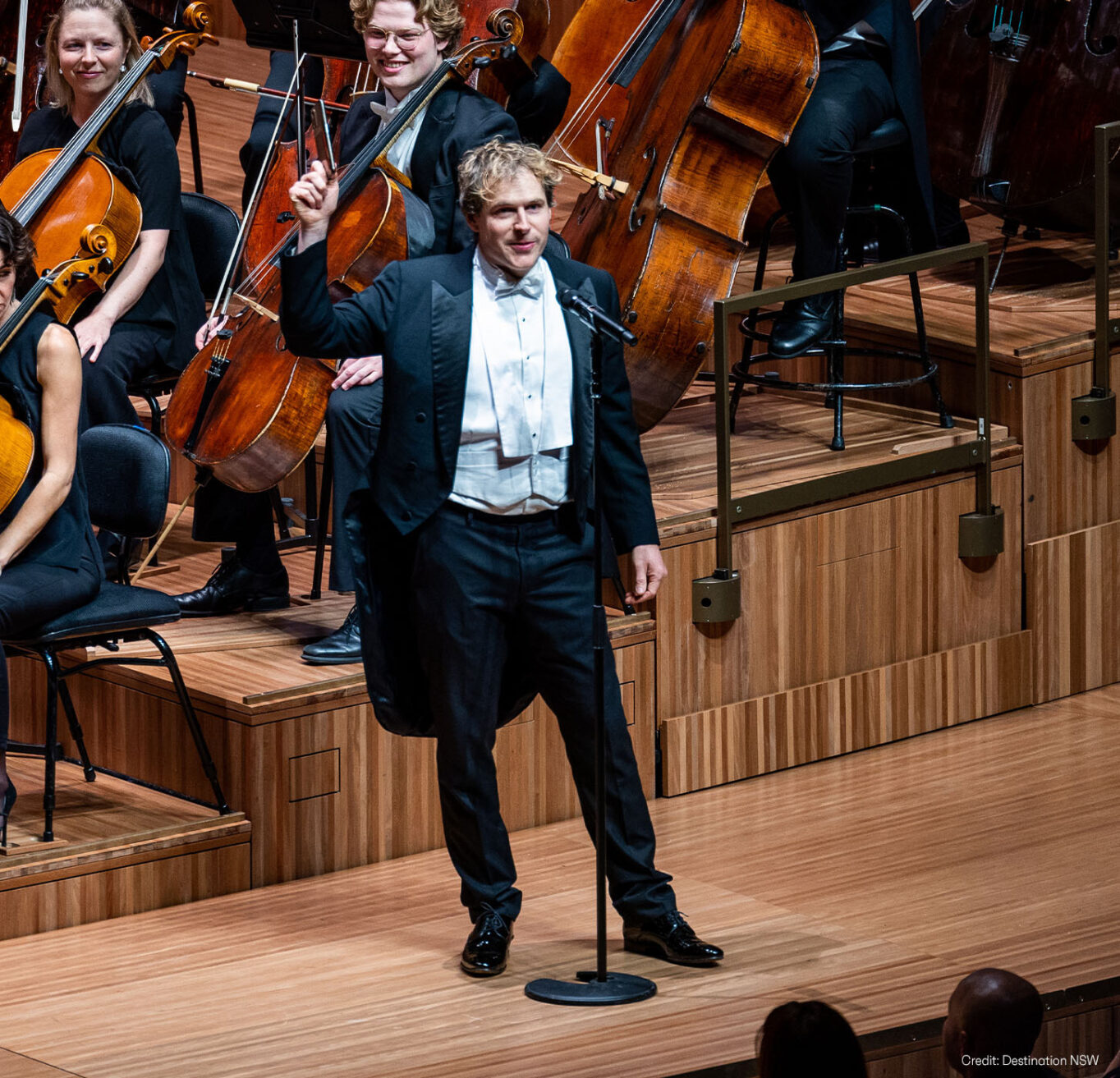
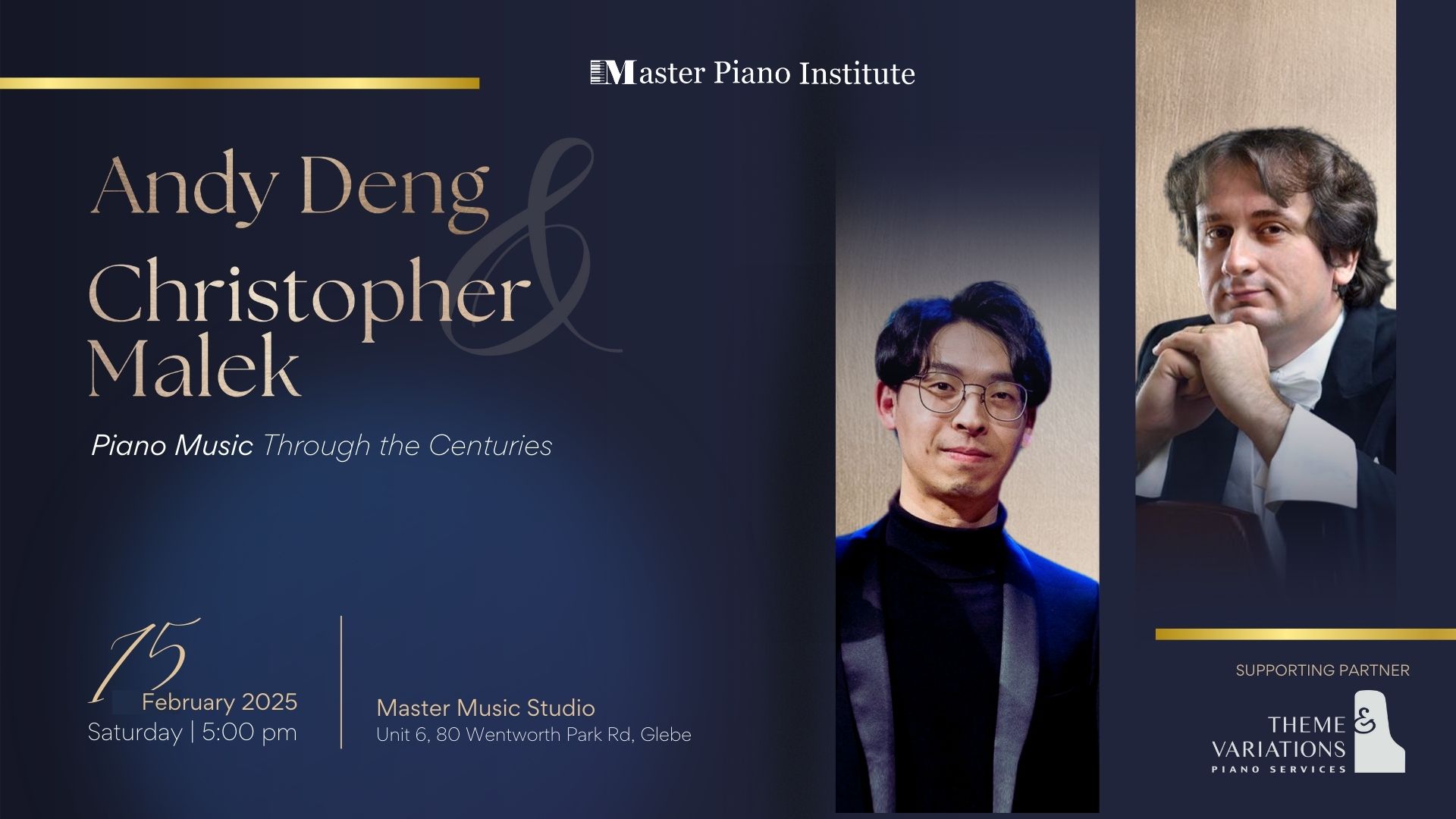
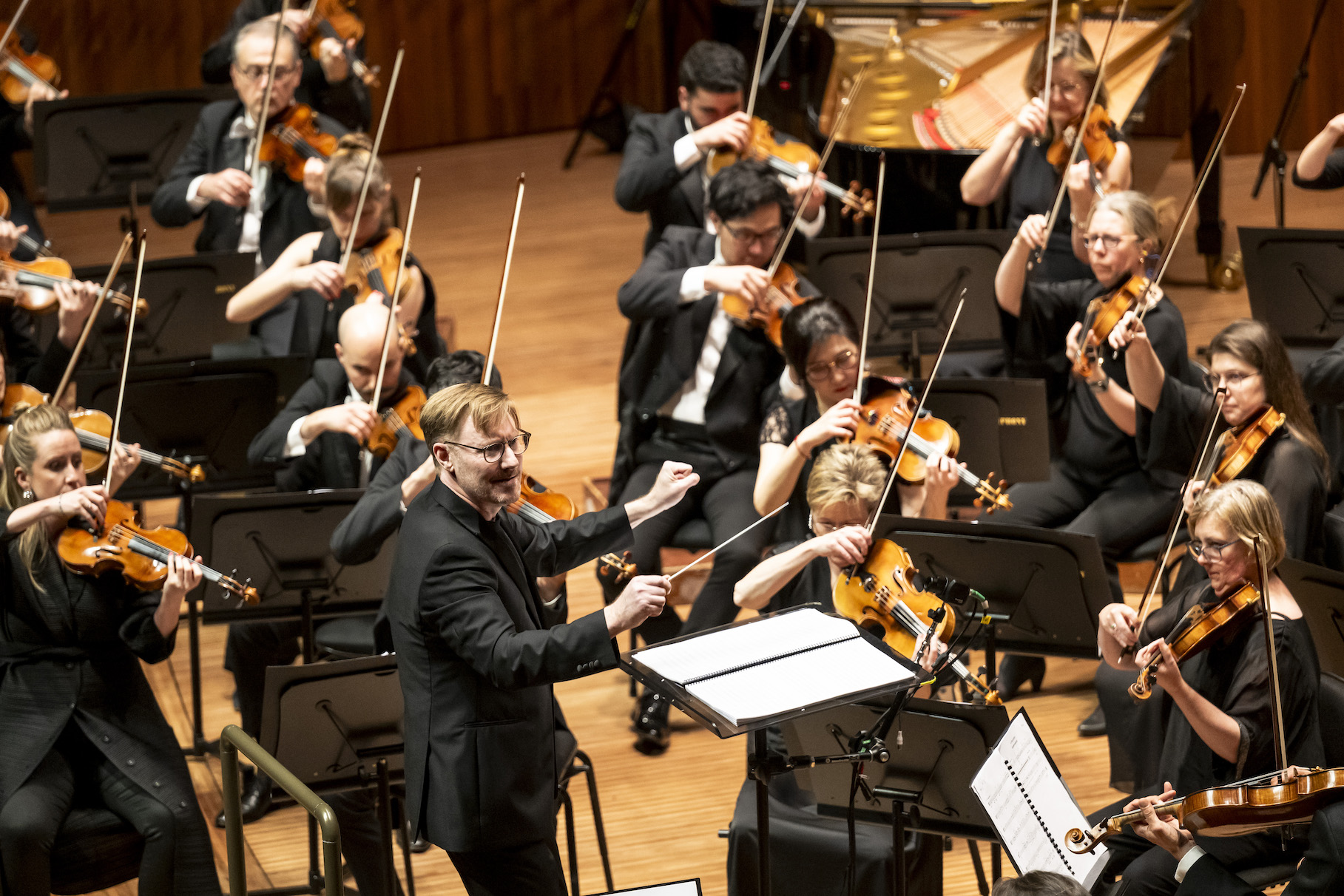
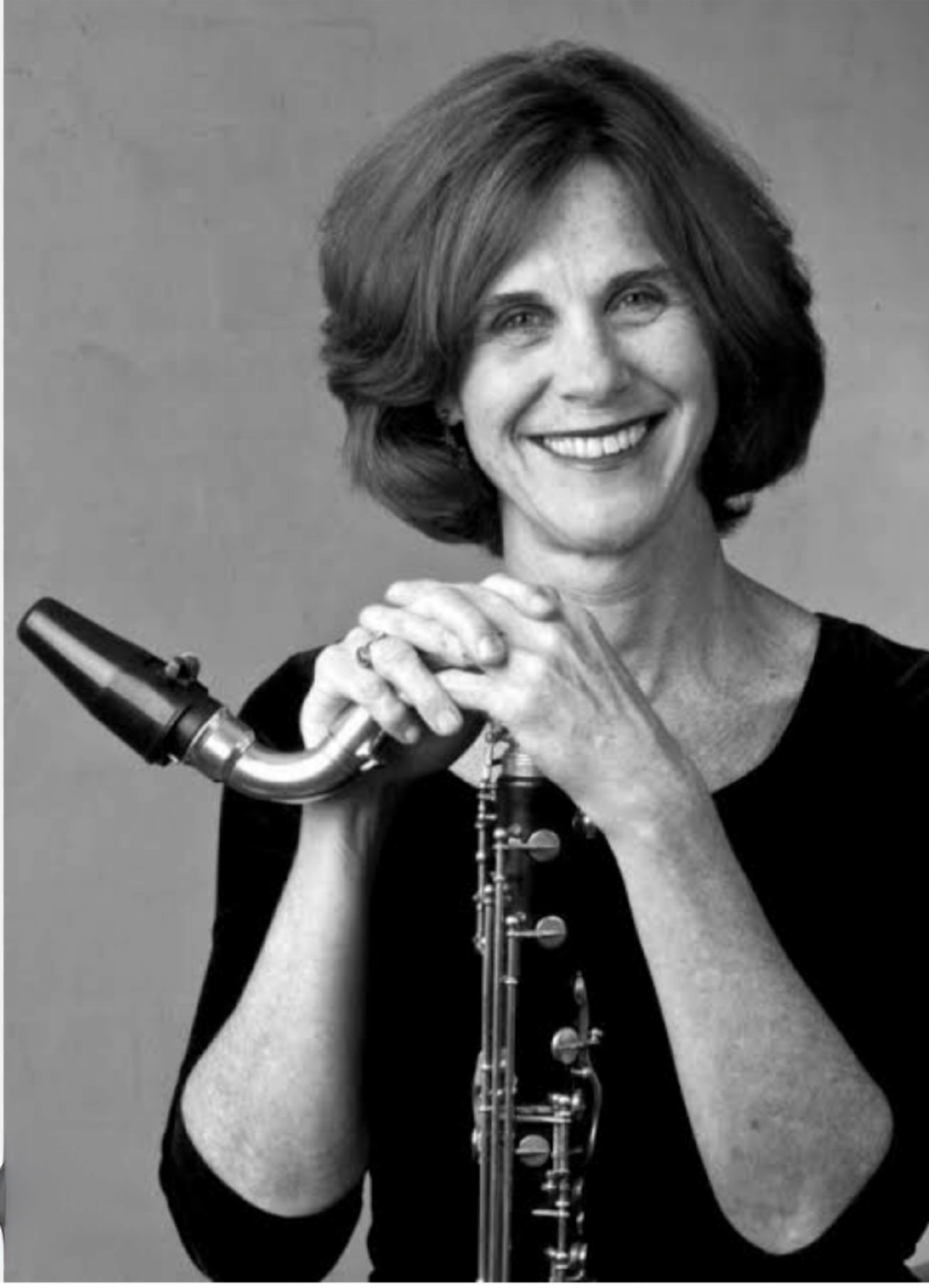

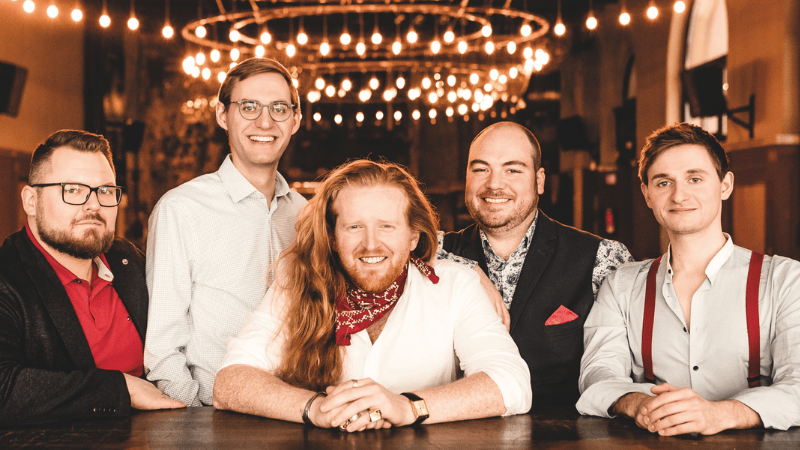
![artboard 1[31] artboard 1[31]](https://cdn-classikon.b-cdn.net/wp-content/uploads/2025/01/artboard-131.jpg)
